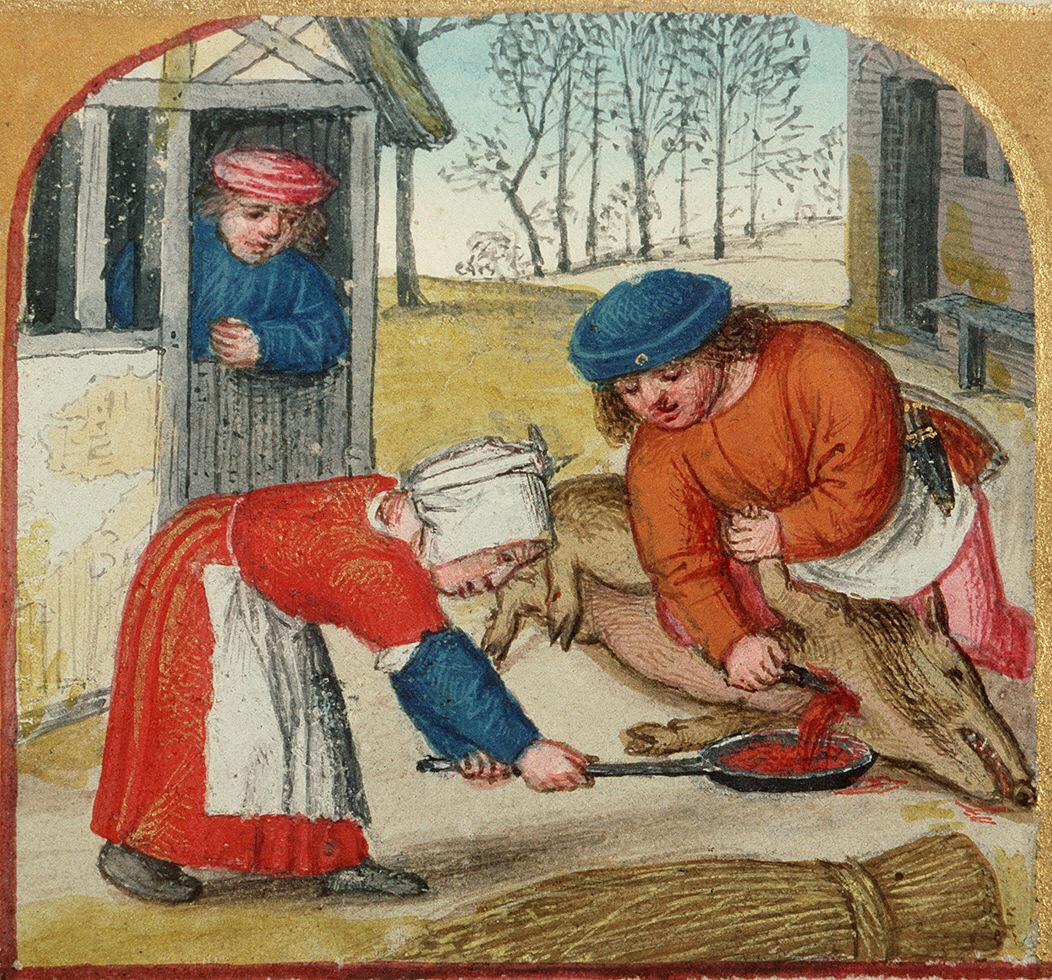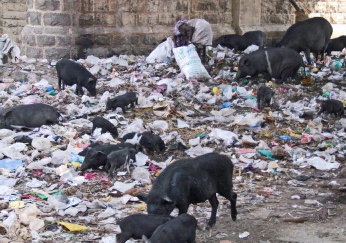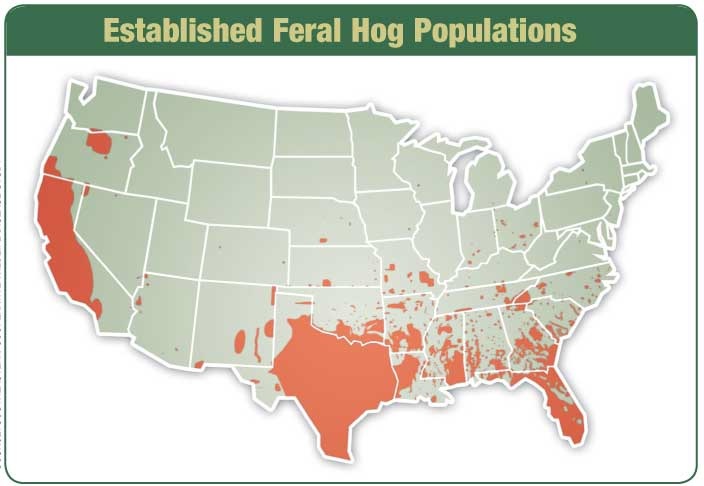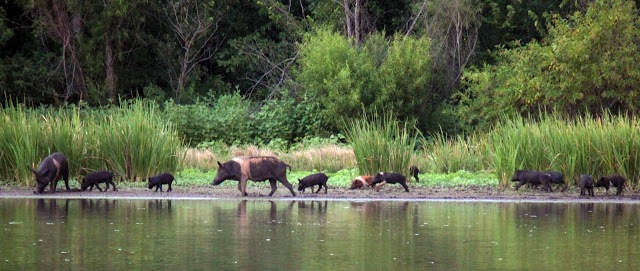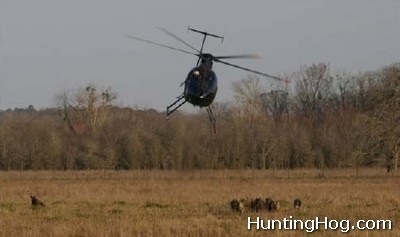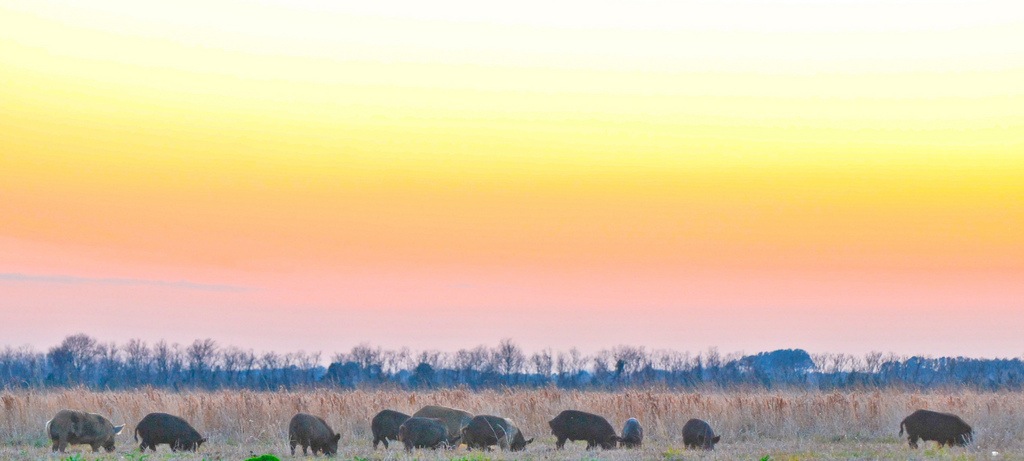The Feral Pig “Problem” - Introduction
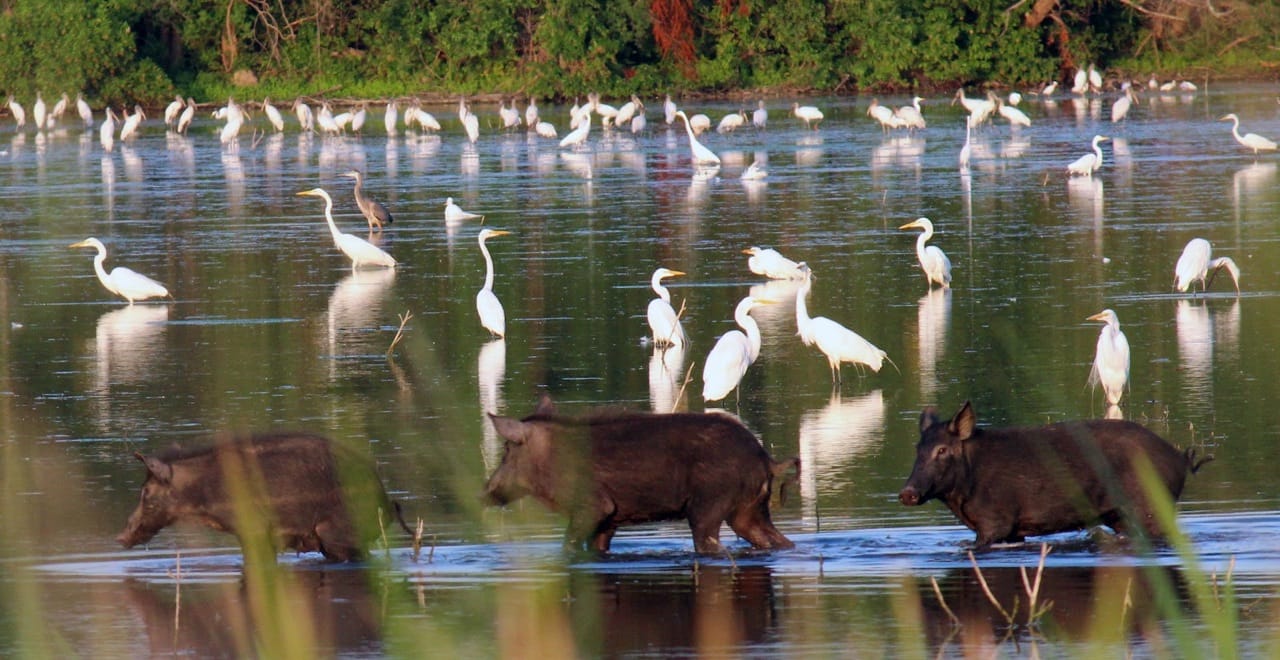
Of the many wildlife problems we struggle with in Texas, feral pigs are one of the most difficult. This five-part series examines this pig “problem.” It asks some common sense questions, offers plain talk about the pig raising ethics, pork safety, and feral pig eradications and suggests solutions that in my opinion are self-evident once the true pig problem is identified.
Part I:
Background
* The Pig “Problem” and “Solution” According to Big Wildlife
* The Root Problem: Hogging the Profits
Part II:
A Brief History of Pigs, Pork and People
* Free-Range Pigs in Texas
* The Garbage Pig
* Pig Prejudice
* Big Food and the Garbage Pig
Part III:
The Growth of “Efficient” Factory Farms
* Animal Cruelty
* Big Pig’s Version
* The “Rest of the Story” from Forbes Magazine
* Pig Factories are Filthy
Part IV:
Meat Factory Pollution and Public Health
* Meat Factory Pollution and Water Pollution
* Comparative Wholesomeness
* Free Range Pork Compared
* Mad at Our Money: Economic Value of Free Range Pork
* Property Rights; Common Sense
Part V:
References and Comments
These points will be explored weekly, following the outline above. I regret if these remarks offend friends who, like many, are uncomfortable with criticisms of Big Wildlife and Big Food.
Summary:
A short history of free-range pigs and people reveals their ancient interdependence.
There are two types of domestic pigs: ranging or feral pigs and garbage or production pigs.
The free-range pig “invasion” results from human action. Their population explosion is an unintended consequence of banning the commercial use of free-range pigs and the evolution of food production into a virtual monopoly, subsidized and protected by government. Excluding free-range pigs from the commercial food chain was accomplished over the last 30 years by Big Meat, a coalition of the major agribusiness producers, regulators, politicians, as well as pharmaceutical and agrochemical giants and their university allies. This is a direct attack on landowner property rights.
The obvious population solution is addressing the problem’s root by putting free-range pigs back in the human food chain where they belong. Instead, Big Wildlife has tried to cure the population problem through eradications, an inappropriate response to the unintended consequence of excluding these meat animals from the human food chain.
Eradications are a failure: every year many millions of dollars are spent on these efforts and every year there are more pigs. In another inappropriate response, eradication by poison or ‘toxicants’ is now proposed to address the failure, making matters worse, causing more unintended damage and prompting more inappropriate (and ineffective) responses.
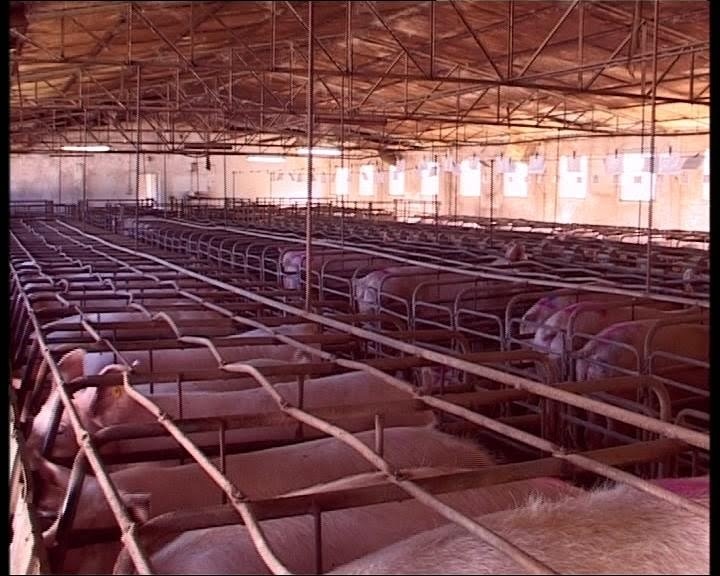 The manner in which we produce pigs is both unconscionable, and so repulsive that it is a subject unfit for polite company.
The manner in which we produce pigs is both unconscionable, and so repulsive that it is a subject unfit for polite company.
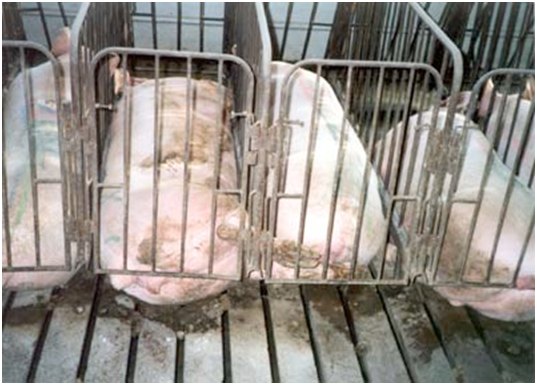 These practices dull many sensibilities and spill over to wildlife management.
These practices dull many sensibilities and spill over to wildlife management.
As practiced, eradications – many now call what is shown in this picture ‘hunting’ – coarsen all those who promote, apply or avert their eyes from their gross and unethical methods. Widespread eradications by unethical and unsportsmanlike methods threaten hunting rights. They set a horrible example for the youngsters we hope to educate in hunting and hunting ethics.
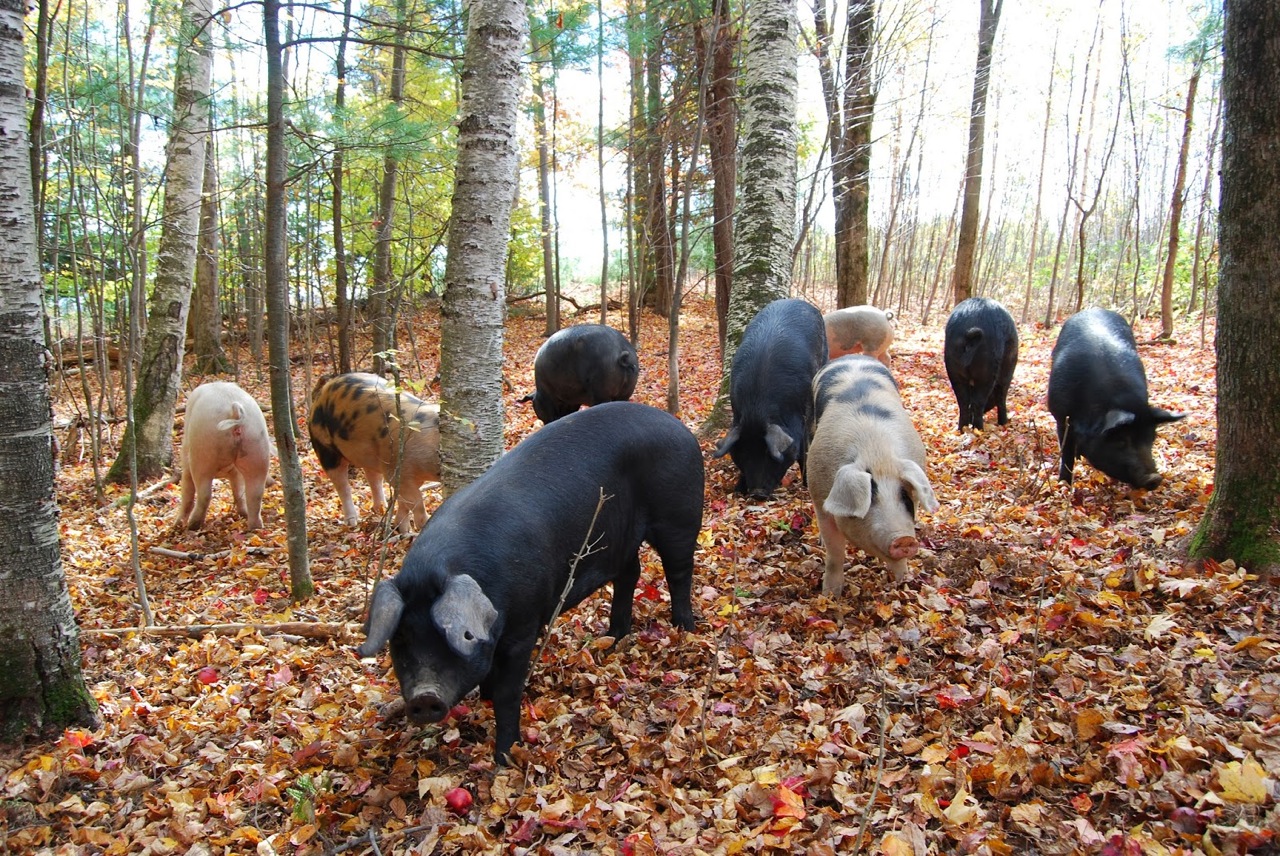 Disease and cleanliness are relative not absolute. Most free-range pigs are cleaner and most free-range pork is more wholesome than most “confinement” pork and most imported pork.
Disease and cleanliness are relative not absolute. Most free-range pigs are cleaner and most free-range pork is more wholesome than most “confinement” pork and most imported pork.
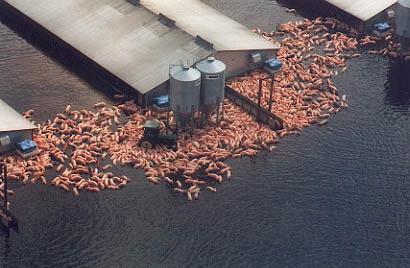 Environmental damage inflicted by intensive pork production as practiced by Big Meat exceeds damage done by free-range pigs. Storms – as pictured here – often unleash catastrophic pollution from these pig factories.
Environmental damage inflicted by intensive pork production as practiced by Big Meat exceeds damage done by free-range pigs. Storms – as pictured here – often unleash catastrophic pollution from these pig factories.

Despite its monopoly status, protection from competition including free-range pigs, and subsidies, Big Meat is going broke and taking farming and ranching with it.
Breaking up Big Meat’s monopoly is an obvious necessity for business health, public health, wildlife health and ethical wildlife and food production.

